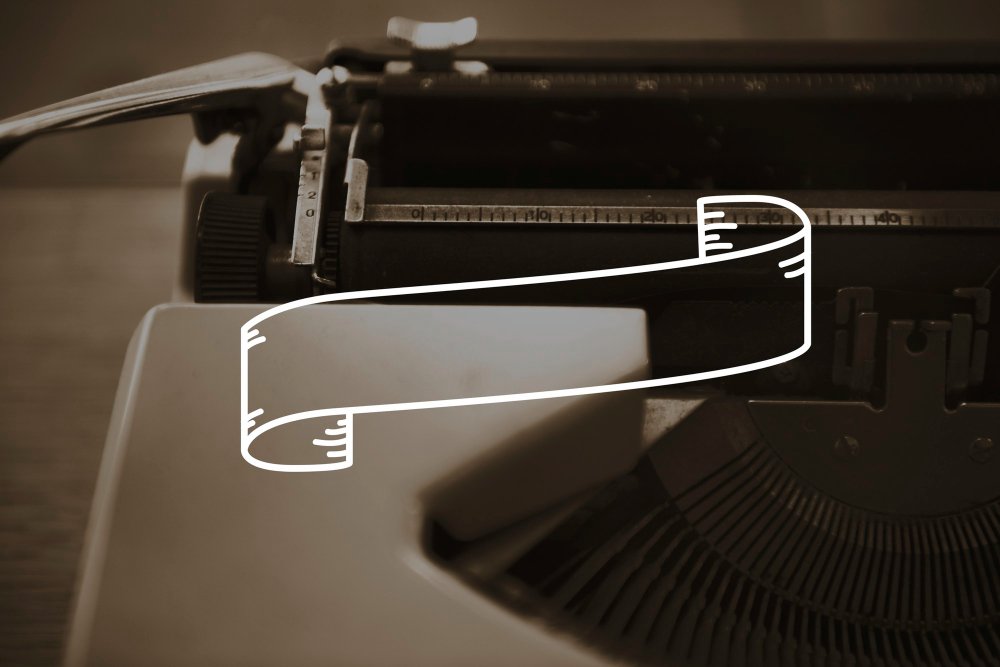In today’s world of sleek smartphones, AI assistants, and ultra-fast internet, it may seem surprising that so many people are fascinated by retro tech. From vinyl records to vintage film cameras and classic game consoles, these old gadgets continue to spark joy and creativity.
But why do outdated technologies still inspire us in an era of advanced innovation? The answer lies in a unique mix of nostalgia, design, cultural impact, and timeless functionality that makes retro technology more than just a passing trend.
The Allure of Nostalgia in Retro Tech
One of the biggest reasons vintage gadgets continue to thrive is nostalgia. Humans are naturally drawn to things that remind them of simpler times. For many, a cassette player, a Walkman, or a rotary phone carries emotional weight—it’s not just a gadget, but a memory.
Nostalgia in design has become a powerful cultural force. When people see or use retro technology, they are instantly transported back to their childhood or teenage years.
For millennials, a Game Boy or a VHS tape may recall carefree afternoons, while older generations might feel a connection to tube radios or typewriters. This emotional bond gives retro tech a staying power that modern devices often lack.
Timeless Design and Craftsmanship
Another reason vintage gadgets remain relevant is their design and build quality. Many retro tech items were built to last, using durable materials like metal and wood instead of today’s plastic-heavy builds.
A classic Polaroid camera, for example, feels solid in the hand, while an old record player carries a certain weight and craftsmanship that modern digital devices can’t always replicate.
Design trends often cycle back into fashion, and retro technology plays a big role in inspiring modern aesthetics. Sleek curves, bold buttons, neon lights, and analog dials are now making their way into today’s products.
Tech companies frequently incorporate retro-inspired design into their gadgets, from smartphone interfaces that mimic film camera filters to keyboards styled after typewriters.
The Retro Tech Experience: Tangibility Over Screens
Modern technology emphasizes convenience and digital integration, but retro gadgets offer a tactile experience that today’s touchscreen devices can’t fully capture. Pressing a button on a boombox, turning the dial of a rotary phone, or winding a disposable camera creates a satisfying physical interaction.
This sense of engagement provides a deeper connection between the user and the device. With retro tech, every action feels deliberate—loading a cassette, adjusting a record needle, or clicking a typewriter key requires time and focus.
In contrast, digital technology often prioritizes speed and multitasking, which can leave users feeling disconnected from the tools they use.
Vintage Gadgets in Modern Creative Culture
Retro technology continues to inspire not just individuals but also artists, musicians, and designers. Vinyl records, for example, have made a major comeback in music culture.
Many artists release albums on vinyl because fans crave the warm, analog sound that digital formats sometimes lack. Similarly, film photography has regained popularity among younger generations who enjoy the unpredictability and raw authenticity of analog film over digital filters.
In fashion and interior design, vintage tech often serves as a statement piece. A classic typewriter on a desk or a retro radio in a living room adds charm and uniqueness, blending past and present in creative ways. Even filmmakers and video creators use vintage cameras or VHS effects to bring an authentic retro vibe to their projects.
Collecting Retro Tech: A Growing Hobby
For many enthusiasts, collecting retro gadgets is more than just a hobby—it’s a passion. Markets for items like classic game consoles, floppy disks, pagers, or old Apple computers are thriving, with collectors paying high prices for rare models.
This revival has also created communities of people who restore, trade, and share knowledge about vintage technology. Online forums, YouTube channels, and social media groups celebrate retro gadgets, ensuring their legacy continues in the digital age.
Collectors see value not only in owning these items but also in preserving a piece of history that shaped modern technology.
Retro Tech as a Counterbalance to Digital Overload
In today’s hyper-connected society, people often seek ways to unplug. Retro technology provides a digital detox alternative by allowing users to enjoy entertainment and creativity without constant notifications or internet distractions.
Listening to music on a vinyl record player, for instance, demands presence—you can’t skip endlessly like on Spotify, and you’re encouraged to listen to the full album as intended.
Similarly, using a film camera forces patience and mindfulness. You don’t get instant feedback or hundreds of shots; you carefully frame each moment, valuing quality over quantity. Retro tech teaches us to slow down, appreciate the process, and live in the moment—something many people find refreshing in a world of endless scrolling.
How Retro Tech Inspires Modern Innovation
Interestingly, retro gadgets don’t just serve as nostalgic relics; they actively inspire modern innovation. Many tech companies revisit vintage ideas and update them for contemporary needs. For example:
-
Turntables with Bluetooth: Classic vinyl players now include wireless connectivity.
-
Retro gaming consoles: Nintendo and Sega have re-released mini versions of their classic systems.
-
Polaroid cameras: Instant photography has been revived with modern film and digital hybrids.
-
Typewriter-style keyboards: Mechanical keyboards mimic the feel of vintage typewriters while working with computers.
These hybrid devices blend the charm of the past with the convenience of the present, proving that retro tech is far from obsolete. Instead, it acts as a source of inspiration for product design and user experience.
The Cultural Legacy of Retro Technology
Retro technology has also left a cultural mark. Many of today’s innovations were built upon ideas first introduced decades ago. The floppy disk led to the USB drive, the Walkman paved the way for iPods, and old arcade machines inspired the massive gaming industry we see today.
By revisiting and appreciating retro tech, we’re reminded of how far technology has come and how important these stepping stones were in shaping our digital future. More importantly, they remind us that simplicity, creativity, and emotional connection should always remain at the heart of innovation.
Conclusion: Why Retro Tech Still Matters
Retro tech is more than just old gadgets gathering dust on a shelf—it’s a celebration of heritage, design, and human experience. Vintage gadgets continue to inspire today because they combine nostalgia, craftsmanship, and creativity in ways that modern devices sometimes struggle to replicate.
Whether it’s spinning a vinyl record, typing on a mechanical typewriter, or snapping a photo with a Polaroid, these experiences create lasting emotional connections. Retro technology offers us not just a glimpse into the past but also valuable lessons for the future—reminding us to slow down, stay mindful, and never lose the human touch in our tech-driven world.







